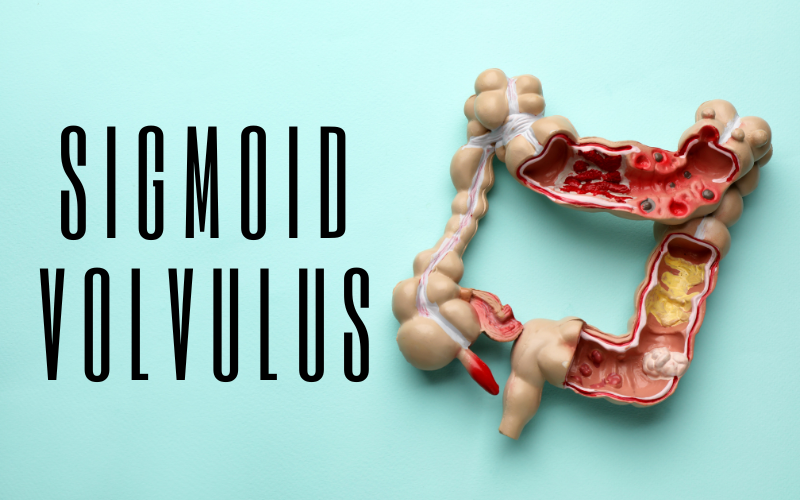Introduction: Spotting the Silent Twists: Delving into Sigmoid Volvulus Symptoms
Sigmoid volvulus might sound like a complex term, but for those who suffer from it, its symptoms can be all too clear. This gastrointestinal condition results from the twisting of the sigmoid colon, a part of the large intestine. When it does twist, it can lead to a cascade of unsettling symptoms that, if not addressed, could lead to severe complications.

Many may wonder, why is it crucial to understand these symptoms? Well, the early detection and management of sigmoid volvulus can play a decisive role in preventing harmful outcomes. And the good news? Once you know what to look for, you can stay a step ahead in monitoring your health and making informed decisions.
Now, before we dive deep into these symptoms, it’s essential to highlight that each individual’s experience might vary. What’s a mere stomach ache for one person could be a glaring red flag for another. It’s this very ambiguity that underscores the importance of comprehensive knowledge about the subject.
Over the next sections, we’ll be unraveling the top 10 symptoms of this condition. We’ll not only list them but also delve into the hows and whys, equipping you with the tools to recognize and respond to potential signs. Whether you’re here out of concern for yourself, a loved one, or simply out of curiosity, understanding these symptoms is the first step toward safeguarding gut health.
So, as we navigate through this crucial topic, remember: knowledge is power, especially when it concerns our well-being. Let’s embark on this enlightening journey together.
1. Abdominal Distention: A Bloated Warning

Sigmoid volvulus often announces itself with a stomach that feels bloated. This isn’t your everyday post-meal fullness; it’s a sense of pressure, like a balloon constantly expanding. Such distention is an initial alert to a potential problem within the colon. It’s fascinating, really, how our body communicates its internal struggles through such evident signals.
However, what’s behind this bloated feeling? When the sigmoid colon twists, it can trap gas and feces, which leads to this swelling sensation. As time progresses, the buildup only grows, intensifying the discomfort. The abdomen might not only feel full but may visibly protrude, making even the act of bending or sitting a task. (1)